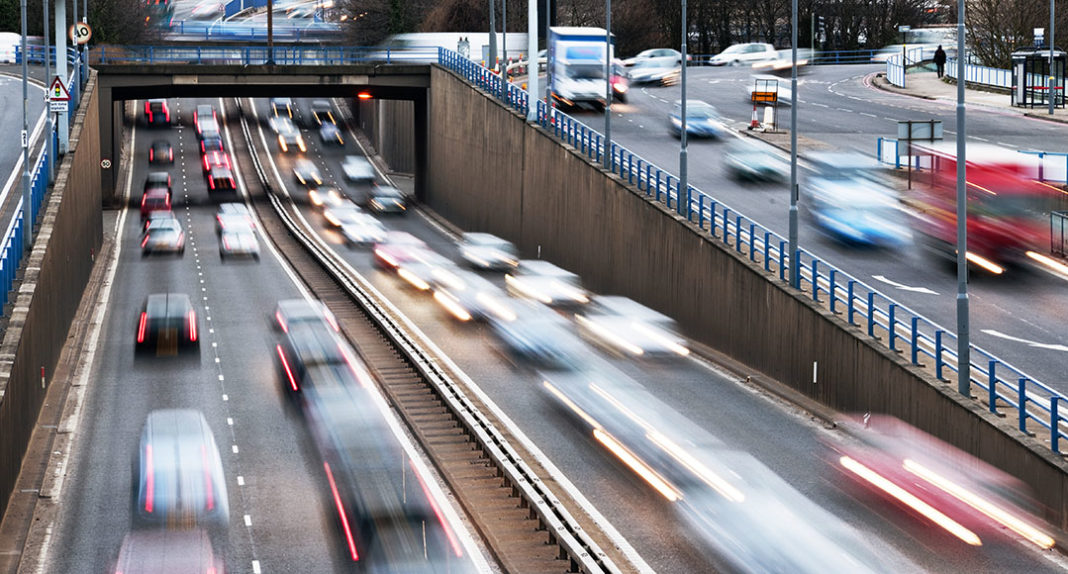Electronic highway message boards which display traffic fatality numbers in a bid to reduce crashes could have the opposite effect, according to a new study.
Researchers from the University of Toronto and the University of Minnesota focused on Texas, where officials display messages for one week each month.
They found there were more crashes during the week with fatality messaging compared to weeks without.
The study also revealed displaying a fatality message increased the number of crashes by 4.5% over the 10 km following the message boards.
This increase is comparable to raising the speed limit 3-5 mph or reducing highway troopers by 6-14%, according to previous research.
The researchers suggest this âin-your-faceâ messaging approach weighs down driversâ âcognitive loads,â temporarily impacting their ability to respond to changes in traffic conditions.
âPeople have limited attention,â said Assistant Professor Joshua Madsen, from the University of Minnesota.
âWhen a driverâs cognitive load is already maxed out, adding on an attention-grabbing, sobering reminder of highway deaths can become a dangerous distraction.â
The study found the bigger the number in the fatality message, the more harmful the effects. The number of additional crashes each month increased as the death toll rose throughout the year, with the most additional crashes occurring in January when the message stated the annual total.
They also found that crashes increased in areas where drivers experienced higher cognitive loads, such as heavy traffic or driving past multiple message boards.
However, the researchers found there was a reduction in crashes when the displayed death tolls were low and when the message appeared where the highways were less complex
Versions of highway fatality messages have been displayed in at least 27 US states.



















